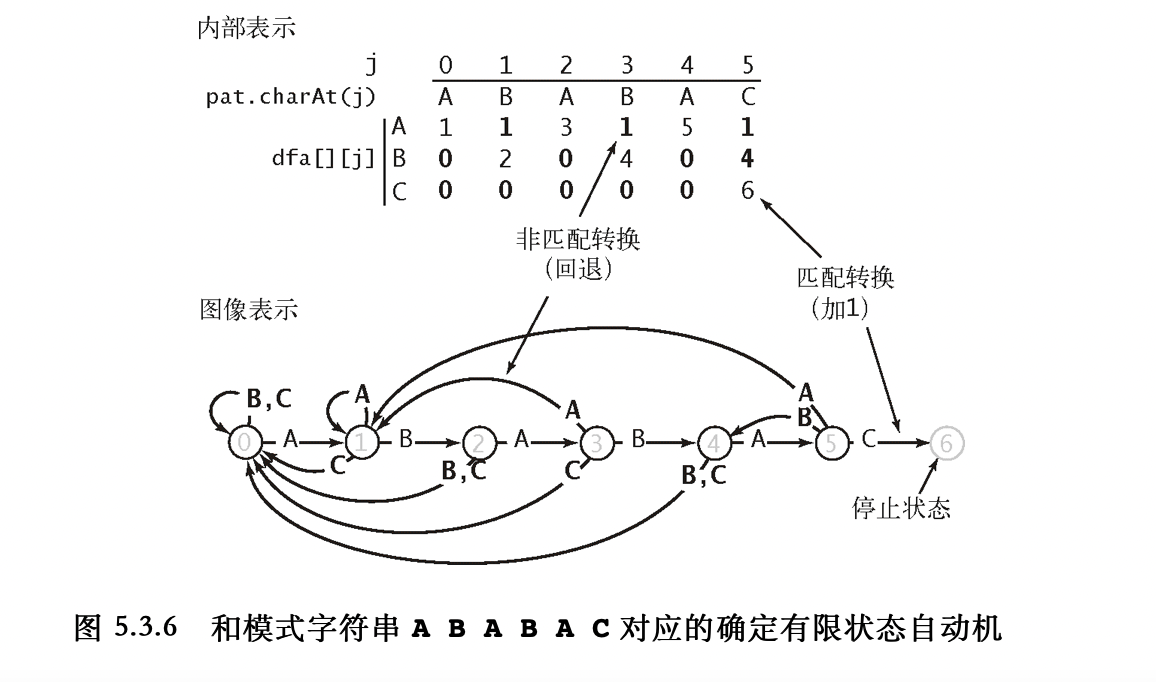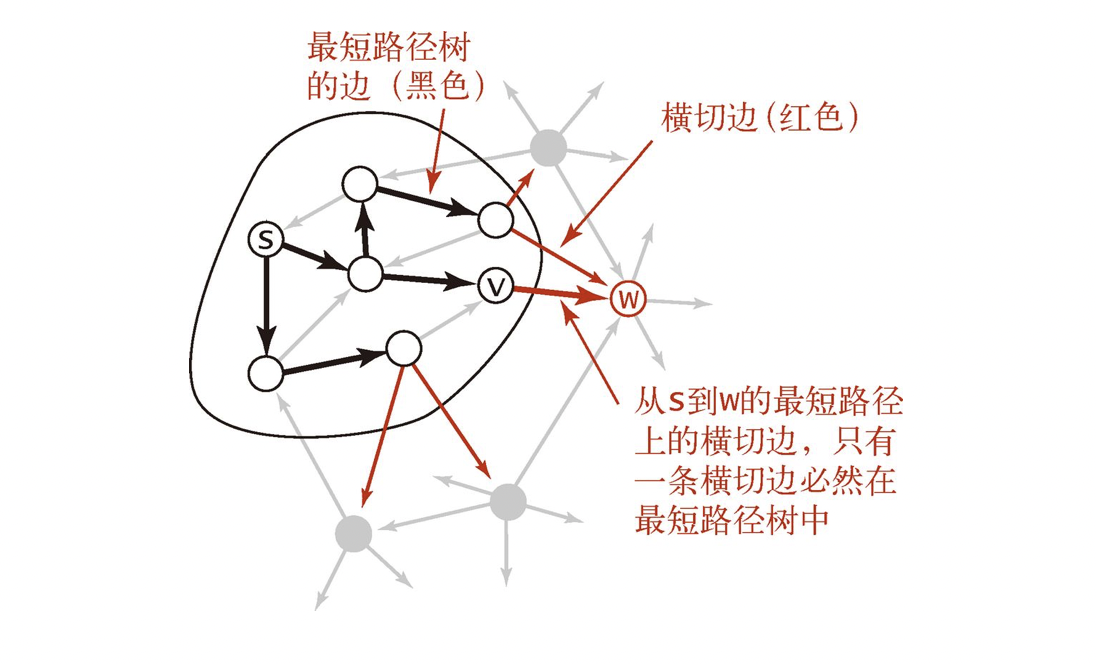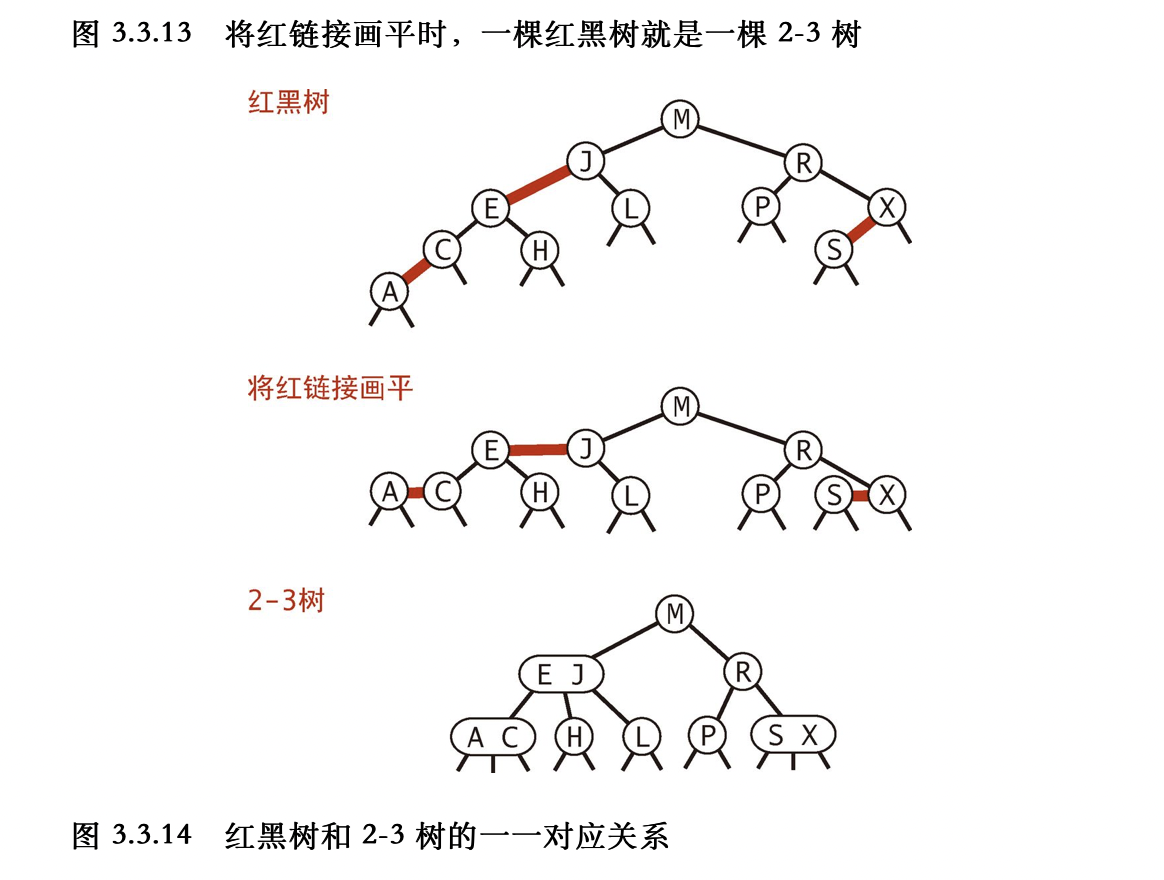对于90后一代,小学时候我们没有微信,没有王者荣耀,也没有大吉大利,今晚吃鸡的喜悦。小时候我们玩的很多游戏,都是一些拼图,连接线段等等。这些问题,我们可以尝试用数组和字符串模拟。
我们以刘汝佳的《算法竞赛》来探讨一些这样的问题
Puzzle (Uva227)
问题描述如下图:
c++ STL vector
字母矩阵常用的方法
字母矩阵常常用string来表示 g r i d [ i ] [ j ] grid[i][j] g r i d [ i ] [ j ] i = n o d e [ k ] . x j = n o d e [ k ] . y i=node[k].x\quad j=node[k].y i = n o d e [ k ] . x j = n o d e [ k ] . y
下面介绍两种常用的数据结构s t r i n g m a p string\quad map s t r i n g m a p
算法实现
1 2 3 4 5 6 7 8 9 10 11 12 13 14 15 16 17 18 19 20 21 22 23 24 25 26 27 28 29 30 31 32 33 34 35 36 37 38 39 40 41 42 43 44 45 46 47 48 49 50 51 52 53 54 55 56 57 58 59 60 61 62 63 64 65 66 67 68 69 70 71 72 73 74 75 76 77 78 79 80 81 82 83 84 85 86 87 88 89 90 91 92 93 94 95 96 97 98 99 100 101 102 103 104 105 106 107 108 109 110 111 112 113 114 115 116 117 118 119 120 121 122 123 124 125 126 127 128 129 130 131 132 133 134 135 136 137 138 139 140 141 142 143 144 145 146 147 148 149 150 151 152 153 154 155 156 157 158 159 160 using namespace std; const int size = 5; typedef struct point { int x; int y; point(int x=0,int y=0):x(x),y(y) {} }pos; pos empty; vector<string> puzzle; map<char,pos> dir; //重载运算符 pos operator+ (const pos& A,const pos& B) {return pos(A.x+B.x,A.y+B.y);} pos operator- (const pos& A,const pos& B) {return pos(A.x-B.x,A.y-B.y);} pos operator* (const pos& A,int m) {return pos(A.x*m,A.y*m);} pos operator/ (const pos& A,int m) {return pos(A.x/m,A.y/m);} bool operator== (const pos& A,const pos& B) {return A.x==B.x && A.y==B.y;} bool operator< (const pos& A,const pos& B) {return A.x<B.x || (A.x==B.x && A.y<B.y);} void printpuzzle { for (int i=0;i<size;i++) { for (int j=0;j<size;j++) { if (j) cout<<' ' ; cout<<puzzle[i][j]; } cout<<endl; } } void getdir() { dir['A']=pos(-1,0); dir['B']=pos(1,0); dir['L']=pos(0,-1); dir['R']=pos(0,1); } bool GetPuzzle() { puzzle .clear(); string line; bool flag=true ; for (int i=0;i<size;i++) { getline(cin,line); if (line=="Z" ) { flag=false ; break ; } for (int j=0;j<size;j++) { if (line[j]==' ' ) { empty.x=i; empty.y=j; } } puzzle.push_back(line); //puzzle为输入的值 } if (flag) return true ; else return false ; } bool valid(const pos& p) { return p.x>=0 && p.x<size && p.y>=0 && p.y<size; } bool move(char op) { if (!dir.count(op)) return false ; pos next = empty+dir[op]; if (!valid(next)) return false ; swap(puzzle[empty.x][empty.y],puzzle[next.x][next.y]); empty=next; //结构体可以直接赋值 return true ; } bool getmoves { string moves; string line; while (true ) { getline(cin,line); bool end= *(line.rbegin())=='0' ; if (!end) moves.append(line); else moves.append(line,0,line.size()-1); if (end) break ; } bool legal = true ; for (int i=0;i<moves.size();i++) { if (move(moves[i])==false ) { legal=false ; break ; } } if (legal) return true ; else return false ; } int main { int flag=1; getdir(); while (GetPuzzle()) { bool ok = getmoves(); if (flag>1) cout<<endl; cout<<"Puzzle #"<<flag++<<":"<<endl ; if (ok) printpuzzle(); else cout<<"This puzzle has no final configuration." <<endl; } }
Digit counting uva1225
题目描述:
本题陈锋的答案写的过于繁琐,这里给出一种一维数组的实现:
1 2 3 4 5 6 7 8 9 10 11 12 13 14 15 16 17 18 19 20 21 22 23 24 25 26 27 28 29 30 31 32 33 34 35 36 37 38 39 40 41 42 43 44 45 46 47 48 49 using namespace std; // void calculate { //int cnt[maxn][data]; int cnt[data]={0}; int maxn; scanf("%d" ,&maxn); for (int i=1;i<=maxn;i++) { //id=i int cur = i; //int id = i; //第id个数 while (cur>0) { int val = cur%10; cnt[val]++; cur/=10; } } for (int i=0;i<9;i++) printf ("%d " ,cnt[i]); printf ("%d\n" ,cnt[9]); } int main { int kase; scanf("%d" ,&kase); while (kase--) { calculate(); } return 0; }
crossword answers uva232
题目如下:
这里我谈一谈我编程的心得体会吧:
算法实现
1 2 3 4 5 6 7 8 9 10 11 12 13 14 15 16 17 18 19 20 21 22 23 24 25 26 27 28 29 30 31 32 33 34 35 36 37 38 39 40 41 42 43 44 45 46 47 48 49 50 51 52 53 54 55 56 57 58 59 60 61 62 63 64 65 66 67 68 69 70 71 72 73 74 75 76 77 78 79 80 81 82 83 84 85 86 87 88 89 90 91 92 93 94 95 96 97 98 99 100 101 102 103 104 105 106 107 108 109 110 111 112 113 114 115 116 117 118 119 120 121 122 123 124 125 126 127 128 129 130 131 132 133 134 135 136 137 138 139 140 141 142 143 144 145 146 147 148 149 150 151 152 153 154 155 156 157 158 159 160 using namespace std; typedef struct point { int r; int c; point(int r=0,int c=0):r(r),c(c) {} }pos; pos operator+ (const pos& A,const pos& B) {return pos(A.r+B.r,A.c+B.c);} const pos dLeft(0,-1),dUp(-1,0),dRight(0,1),dDown(1,0); int row,col; const int maxn = 16; char grid[maxn][maxn]; char buf[maxn]; queue<pos> Crossletter; queue<pos> Downletter; map<int,int> Crossid; map<int,int> Downid; bool valid(const pos& p) { return p.r>=0 && p.r<row && p.c>=0 && p.c<col; } bool getgrid { memset(grid,'0' ,sizeof(grid)); if (scanf("%d%d" ,&row,&col)==2 && row) { for (int i=0;i<row;i++) scanf("%s" ,grid[i]); return true ; } else return false ; } /*void printgrid { for (int i=0;i<row;i++) { for (int j=0;j<col;j++) cout<<grid[i][j]<<" "; cout<<endl; } }*/ void CheckQueueEmpty(queue<pos> letter) { while(!letter.empty()) { letter.pop(); } } void GetWordBegin() { CheckQueueEmpty(Crossletter); CheckQueueEmpty(Downletter); int crosscnt=0,downcnt=0; Crossid.clear(); Downid.clear(); int k = 1; for(int i=0;i<row;i++) { for(int j=0;j<col;j++) { if(grid [i][j]=='*' ) continue ; pos cur(i,j); pos left = cur+dLeft; pos up = cur+dUp; bool IsCrossBeg = !valid(left) || grid[left.r][left.c]=='*' ; bool IsDownBeg = !valid(up) || grid[up.r][up.c]=='*' ; if (IsCrossBeg) { Crossletter.push(cur); Crossid[++crosscnt]=k; } if (IsDownBeg) { Downletter.push(cur); Downid[++downcnt]=k; } if (IsCrossBeg || IsDownBeg) k++; } } } void GetCrossWord { int i=0; while (!Crossletter.empty()) { int buflen=0; memset(buf,0,sizeof(buf)); pos p = Crossletter.front(); //id = PosCross[p]; while (grid[p.r][p.c]!='*' && valid(p)) { buf[buflen++]=grid[p.r][p.c]; p=p+dRight; } printf ("%3d.%s\n" ,Crossid[++i],buf); Crossletter.pop(); } } void GetDownWord { int i=0; while (!Downletter.empty()) { int buflen=0; memset(buf,0,sizeof(buf)); pos p = Downletter.front(); while (grid[p.r][p.c]!='*' && valid(p)) { buf[buflen++]=grid[p.r][p.c]; p=p+dDown; } printf ("%3d.%s\n" ,Downid[++i],buf); Downletter.pop(); } } int main { for (int kase=1;getgrid();kase++) { if (kase>1) cout<<endl; printf("puzzle #%d:\n",kase); GetWordBegin(); cout<<"Across"<<endl ; GetCrossWord(); cout<<"Down" <<endl; GetDownWord(); } return 0; }
Repeating Decimals uva202
这里我给出一种重要的数据处理技巧:
输入的时候
算法实现
1 2 3 4 5 6 7 8 9 10 11 12 13 14 15 16 17 18 19 20 21 22 23 24 25 26 27 28 29 30 31 32 33 34 35 36 37 38 39 40 41 42 43 44 45 46 47 48 49 50 51 52 53 54 55 56 57 58 59 60 61 62 63 64 65 66 67 68 69 70 71 72 73 74 75 76 77 78 79 80 81 82 83 84 85 86 87 88 89 90 91 92 93 94 95 96 97 98 99 100 101 102 103 104 105 106 107 108 109 110 111 112 113 114 115 116 117 118 119 120 121 122 123 124 using namespace std; const int maxn = 30000; int pos[maxn]; //int len; //string ans; char shang[maxn]; int solve(int a,int b) { int len; int Integer = a/b; int r = a%b; memset(pos,0,sizeof(pos)); memset(shang,0,sizeof(shang)); //int pos[maxn]; //char shang[maxn]; printf ("%d/%d = %d" ,a,b,Integer); shang[0]='.' ; if (r==0) { //ans+="(0)" ; printf (".(0)" ); len=1; } else { //小数部分 int d = r*10; int cnt = 0; while (d && pos[d]==0) { pos[d]=++cnt; int cur_r = d%b; //ans+=(char) (d/b+'0' ); shang[cnt]=(char)(d/b+'0' ); d = cur_r*10; } if (d==0) { //ans+="(0)" ; //shang[cnt]='(' ; //flag! if (shang[i]==-1) printf ("(0)" ); for (int i=0;i<=cnt;i++) //cout<<shang[i]; printf("%c",shang [i]); //cout<<"(0)" ; printf ("(0)" ); len=1; } if (pos[d]) { int p = pos[d]; len = cnt-p+1; /*if (len>50) { ans.erase(p+50,cnt-1); ans+="..." ; } ans.insert(p,"(" ); ans+=")" ;*/ if (len>50) { for (int i=0;i<p;i++) //cout<<shang[i]; printf("%c",shang [i]); //cout<<"(" ; printf ("(" ); int k=0; for (int i=p;i<=cnt && k<50;i++) { //cout<<shang[i]; printf("%c",shang [i]); k++; } //cout<<"...)" ; printf ("...)" ); } else { for (int i=0;i<p;i++) //cout<<shang[i]; printf("%c",shang [i]); //cout<<"(" ; printf ("(" ); //int k=0; for (int i=p;i<=cnt;i++) //cout<<shang[i]; printf("%c",shang [i]); //cout<<")" ; printf (")" ); } } //printf ("%d/%d = %d%s\n" ,a,b,Integer,ans.c_str()); //printf (" %d = number of digits in repeating cycle\n\n" ,len); //cout<<endl; } printf("\n"); return len; } int main() { int a,b; while(scanf("%d%d",&a,&b)==2 && b) { int reslen=solve(a,b); printf(" %d = number of digits in repeating cycle\n\n",reslen); } return 0; }
box uva1587
这个例子我想分享一下简洁的代码怎样写。
题目如下:
1 2 bool operator< (const point& p1, const point& p2) { return p1.x < p2.x || (p1.x == p2.x && p1.y < p2.y); }
这里是特别说明的一点:因为排序的时候,默认先比较x成员的大小,再比较y成员的大小,所以默认x成员小于y成员 另外涉及排序的时候,我们需要直接输入结构体变量的值,涉及重载运算符 用以下方法输入会导致wrong answer
1 2 3 4 5 6 7 8 for (int i=0;i<6;i++){ if (scanf("%d%d" ,&a,&b)==EOF) flag=0; if (a>b) swap(a,b); r.push_back(point(a,b)); }
我们在处理结构体数组的时候,最好是直接对结构体数组的元素执行输入操作,重载>>运算符 example
1 2 3 4 5 6 7 8 9 typedef struct { // }node; istream& operator>> (istream& is,point& p) { return is>>p.x>>p.y; } node n; cin>>n.x>>n.y
技巧:在处理EOF为终止的输入的时候,用如下方法,很好用
1 2 3 4 5 6 7 8 9 while (true ){ r.clear(); for (int i=0;i<6;i++) { if (!(cin>>cur)) return 0; } }
算法实现
1 2 3 4 5 6 7 8 9 10 11 12 13 14 15 16 17 18 19 20 21 22 23 24 25 26 27 28 29 30 31 32 33 34 35 36 37 38 39 40 41 42 43 44 45 46 47 48 49 50 51 52 53 54 55 56 57 58 59 60 61 using namespace std; struct point { int x; int y; point(int x=0,int y=0):x(x),y(y) {} }; bool operator< (const point& p1, const point& p2) { return p1.x < p2.x || (p1.x == p2.x && p1.y < p2.y); } istream& operator>> (istream& is,point& p) { return is>>p.x>>p.y; } //typedef point rect; vector<point> r; bool judge { if (r[0].x!=r[1].x || r[0].y!=r[1].y) return false ; if (r[2].x!=r[3].x || r[2].y!=r[3].y) return false ; if (r[4].x!=r[5].x || r[4].y!=r[5].y) return false ; const point &r1 = r[1], &r2 = r[3], &r3 = r[5]; return r1.x == r2.x && r1.y == r3.x && r2.y == r3.y; } int main { point cur; while (true ) { r.clear(); for (int i=0;i<6;i++) { if (!(cin>>cur)) return 0; if (cur.x>cur.y) swap(cur.x,cur.y); r.push_back(cur); } sort(r.begin(),r.end()); bool ok = judge(); if (ok) printf ("POSSIBLE\n" ); else printf ("IMPOSSIBLE\n" ); } return 0; }
字符串匹配:模板链方法 uva1588
这里以uva1588为例子,简单讲讲字符串匹配中的模板链方法。
题目描述如下:
模板链方法描述
算法实现
1 2 3 4 5 6 7 8 9 10 11 12 13 14 15 16 17 18 19 20 21 22 23 24 25 26 27 28 29 30 31 32 33 34 35 36 37 38 39 40 41 42 43 44 45 46 47 48 49 50 51 52 53 54 55 56 57 58 59 60 61 62 63 64 65 66 67 68 69 70 71 72 73 74 75 76 77 78 79 using namespace std; string s1,s2; bool getstring { if (cin>>s1>>s2) { if (s2.length()>s1.length()) { swap(s1,s2); } return true ; } else return false ; } int maxv(int a,int b) { return a>b?a:b; } int minv(int a,int b) { return a<b?a:b; } void calculate { int len1 = s1.length(); int len2 = s2.length(); int inside = 0; int minres = 0x3f3f3f3f; for (int i=-len2;i<=len1+len2-1;i++) { int flag = 1; for (int bias=0;bias<len2;bias++) { if (i+bias>=0 && i+bias<=len1-1) { if (s1[i+bias]-'0' +s2[bias]-'0' >3) flag=0; } } //bias遍历完成,意味着标签贴完毕了 if (flag && i<0) minres=min(minres,(-i)+len1); if (flag && i+len2>=len1) minres=min(minres,i+len2); if (flag && i>=0 && i<len1-len2) inside=1; } if (inside==1) cout<<len1<<endl; else cout<<minres<<endl; } int main() { while(getstring()) { calculate(); } return 0; }
c++11中涉及精度的问题
涉及精度的问题并不难,关键是c++提供了一些非常重要的思路:
一些重要的思路
c++11中,中提供了一个round()函数,用来做四舍五入操作
**strchr是计算机的一个函数,原型为char strchr(const char s,char c),可以查找字符串s中首次出现字符c的位置 strcmp() C/C++函数,比较两个字符串,设这两个字符串为str1,str2,若str1==str2,则返回零;若str1<str2,则返回负数;若str1>str2,则返回正数。
原型:
1 *strchr(const char *s,char c)
1 2 3 4 5 6 7 8 9 10 11 char line[maxn]; double A; int B; while (scanf("%s" ,line)==1 && strcmp(line,"0e0" )!=0){ *strchr(line,'e' ) = ' ' ; //将line中首次出现‘e’的地方,用‘ ’来代替 sscanf(line,"%lf%d" ,&A,&B); //sscanf()是很重要的输入方法,将line中 //符合%lf %d格式的 //分别输入到A,B中, //其中,%lf-->A %d-->B,A和B用空格分开,表示输入两个变量 }
上面注释部分,表示一种非常重要的编程技巧。
算法实现
1 2 3 4 5 6 7 8 9 10 11 12 13 14 15 16 17 18 19 20 21 22 23 24 25 26 27 28 29 30 31 32 33 34 35 36 37 38 39 40 41 42 43 44 using namespace std; const int maxn = 256; const double eps = 1e-6; int main { /*char A[256]; scanf("%s" ,A); char *ptr = strchr(A,'e' ); cout<<ptr<<" "<<*ptr <<endl; *strchr(A,'e')='f'; printf("%s\n",A);*/ char line[maxn]; double lg2 = log10(2); double A,lgV; int B; while(scanf("%s",line)==1 && strcmp(line,"0e0")!=0) //这种输入方式要记住 { *strchr(line,'e')=' '; sscanf(line,"%lf%d",&A,&B); //cout<<A<<" "<<B<<endl ; lgV = log10(A)+B; for (int M=1;M<=10;M++) { int E = round( log10( (lgV+M*lg2-log10(pow(2,M)-1))/lg2+1 )/lg2 ); if ( fabs( ((1<<E)-1)*lg2 + log10(pow(2,M)-1) - M*lg2 - lgV ) <= eps ) { printf("%d %d\n",M-1,E ); break ; } } } return 0; }


















